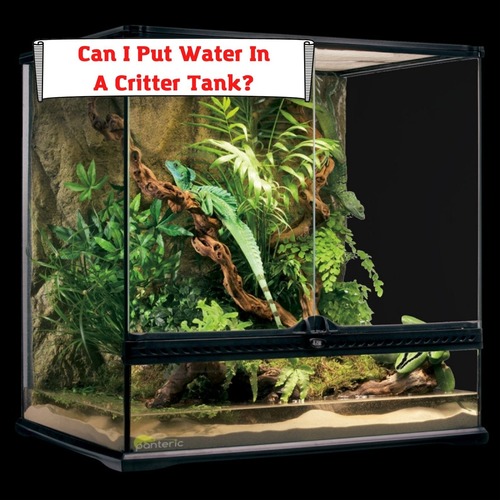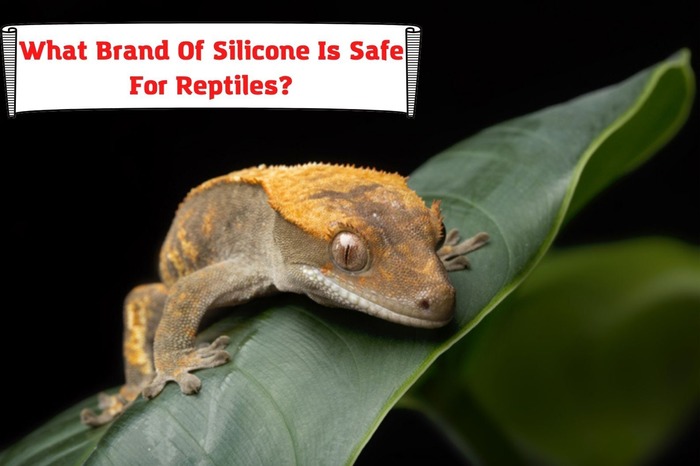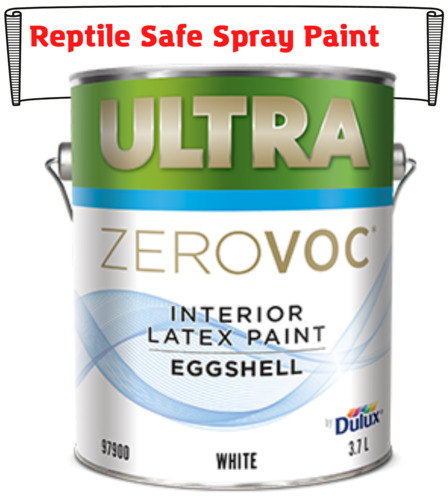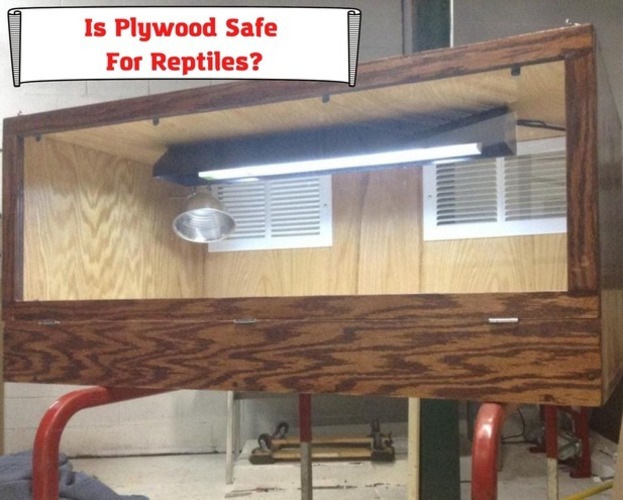Brown anoles are a great way to dip your toe into the reptile-owning pool. However, brown anoles are widely available but still retain some exotic mystique thanks to their reddish-orange dewlaps. Any reptile lover will find themselves enchanted by the brown anole’s highly active and nearly friendly demeanor.
Who can resist a tiny reptile that is known to enjoy feeding from its owner’s hands once it has established a bond of trust? It gets better because these tiny reptiles are not high maintenance. They do not take up much space, money, or time to care for. They are so easy to care for that pet store owners often recommend them as appropriate first pets for children who are too cool to go for the more basic pets.

If you are wondering what it will take to efficiently care for a brown anole, you are at the right place. Brown anoles that are well cared for in captivity can live beyond their expected five-year lifespan because they are very hardy and do not require much veterinary care. This article will highlight everything you need to know when looking to create a mansion for your scaled pal.
1. Selecting a Tall Tank for your Brown Anole
Brown anoles’ arboreal nature (fancy talk, for they love to climb) means potential owners should always select tanks that have more vertical height than floor space. It also means that you should spring for the fun climbing features that your quick and agile brown anole deserves, but we will talk about that next.
One brown anole can live comfortably into maturity in a 10-gallon tank that measures 12X12X18. If you have two anoles, your tank must be at least 15 gallons (12X12X24) for it to serve into their adulthood. Three anoles should be housed in a 30-gallon tank. Brown anoles are more fun to watch when they have company. Interestingly enough, they can safely live alongside several different species of lizards.
The bigger the tank, the more at home your brown anole will feel. Pet store owners usually sell the anoles with a tank. Smart money ensures to get a tank that will serve your anole to adulthood, to avoid having to buy another one when it grows larger. Should your brown anole outgrow its tank, the original one can be used to house it temporarily when you are cleaning out the larger one.
Wire cages of similar size can also be used instead of tanks. However, they make it harder to maintain moisture and humidity levels. Wire cages also stink up the room much more than glass tanks. It is best to buy a tank because it creates a bubble for your brown anole that is separate from your space.
2. Adding Features that Mimick a Brown Anole’s Natural Habitat
After buying a house for your brown anole, you will need to pamper it. Turning a house into a cozy home for your brown anole is not that complicated. It requires selecting an appropriate substrate, hiding spots, climbing plants or foliage-rich branches, cork bark hides, and hiding holes. The tank must also have a water bowl for your brown anole to dip in when it tires if basking.
Ensure you provide both horizontal and diagonal climbing opportunities. These features are crucial to your brown anole’s well-being because they offer a sense of security. And awesome perching spots. Life is unnerving for a lizard that cannot perch, bask or bathe!
A brown anole that can climb and explore can be quite entertaining to watch. They are even more entertaining when not alone. We recommend getting two anoles if you can afford to – get females because males get territorial and have trouble sharing one tank. If you like to mix it up, consider getting a long-tailed grass lizard to keep your brown anole company.
When shopping for substrates and climbing opportunities, you will be spoilt for choice. Opt for a forest floor substrate that handles moisture without degrading, e.g. coconut husk or cypress mulch. If you want to save money, and provide a substrate that you can trust, try dried oak leaves or finely shredded mulch.
Lay down a two-inch deep layer of the substrate your chose. Removing soiled substrate as soon as you notice it helps prevent odors and keeps your brown anole healthy. Change out the substrate every three months.
After finishing with the flooring, direct your attention to find mossy vines, branches, and foliage. Vines are better than branches because you can bend them into different shapes to keep things interesting for your brown anole.
It is best to shop for your tank’s interior decor in person so you can feel its texture and perhaps get some recommendations from the staff. Be on the lookout for products that are 100% natural (where possible) and marketed to withstand high moisture content. When shopping online, pay attention to what other brown anole owners have to say about the product. No one wants to buy a product that will cut up their brown anole’s skin or harm them otherwise.
3. Maintaining Optimal Temperatures.
Brown anoles hail from the tropics. Your tank must recreate its natural habitat. As with most cold-blooded pets, the tank will require a temperature gradient that allows your anole to warm up and cool off at will. The basking region is usually near the top of the tank. It is maintained at a steady 85 degrees Fahrenheit. The cool regions will be the bottom of the tank, which should linger at room temperature.
4. Maintaining High Humidity Levels
Tropics are known for being hot and humid nearly all year round. It should not surprise you that your brown anole cannot thrive in relative humidity levels below the 60% to 70% range. However, such levels can be achieved by misting three times a day. Not surprisingly, most people find it too hard to commit to recreating tropical humidity levels thrice a day.
Luckily, there are many commercial misting and fogging systems that will ensure your brown anole’s tank does not get dehydrated. Unfortunately, buying and installing automatic humidity systems may set you back a fair amount.
If your budget and schedule are tight, misting in the morning and evening will suffice if your substrate can hold water efficiently. The humidity levels will hold unless you opt to house your brown anole in a wire cage. If you don’t buy an automatic misting system, consider getting a digital probe hygrometer to monitor the humidity levels to ensure your brown anole is not dehydrated.
5. Maintaining Proper Lighting Conditions
Brown anoles are diurnal, basking in the sun a big part of their normal lives. Consider it a brown anole, right if you will. Your tank shall need full spectrum 5.0 UVB lighting for at least 12 hours (preferably 14) a day. This light is not only essential for movement, but it also ensures that your brown anole can metabolize calcium by providing Vitamin D. The light also provides a night/day cycle that builds the brown anole’s immune system.
The bulb must be changed twice a year annually because it is essential to your brown anole’s well-being that it performs optimally.
Cleaning Your Brown Anole’s Tank
Once you have completed the perfect brown anole tank setup, it will only take minimal effort to ensure it stays that way. Once a day, remove the substrate that has been soiled with fecal matter, urates, or leftover food and replace it with a fresh layer.
Once a week, pull on some gloves and clean the terrarium and its decor with hot water. If you are a germaphobe, you can add a little dish soap to the water. It is best to stay away from detergents because they may irritate your brown anole. Once a month, you will need to roll up your sleeves and really get into it.
Every three months, discard the used substrate and replace it with a fresh layer. Replacing the substrate could be done sooner or later depending on the number of anoles in the tank or the sanitary conditions. A good rule of thumb is to replace it before it begins stinking.
During the weekly and monthly cleaning, you must relocate your brown anole to a temporary shelter. A large plastic storage container should do the trick if you do not have extra tanks or wire cages lying around.
Conclusion
When compared to most reptiles, brown anoles do not ask for much. They are affordable to purchase and do not need large tanks or constant care. Once you make the initial investment, owning a brown anole will cost you much less than most pets. These hardy lizards will be great beginner pets for children or adults who have never had a pet reptile before.
- Pacman Frog Looks Deflated – What’s Wrong and What to Do? - August 7, 2023
- How to Put Snake Back in Cage after Feeding? Important Concerns - July 31, 2023
- Repta Boost: Instruction, Considerations, Ways to Use - July 24, 2023



